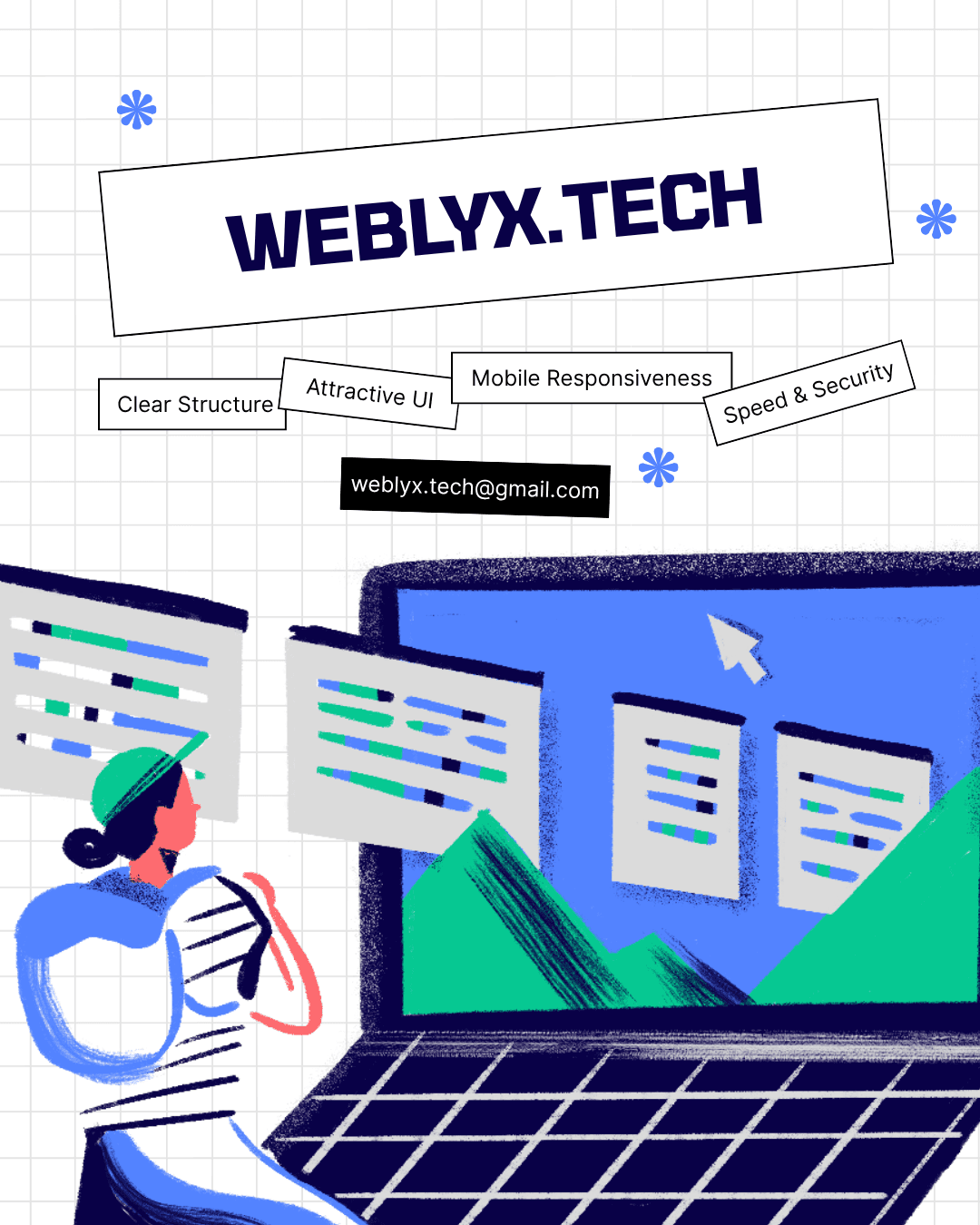
Building Scalable APIs with Node.js
Ayush Chowdhury
Building Scalable APIs with Node.js
Creating APIs that scale effectively requires careful planning and implementation. Here's how to build robust, scalable APIs with Node.js.
API Design Principles
RESTful Architecture
Follow REST conventions for predictable APIs:
// Good RESTful routes
GET /api/users // Get all users
GET /api/users/:id // Get specific user
POST /api/users // Create user
PUT /api/users/:id // Update user
DELETE /api/users/:id // Delete user
Consistent Response Format
Standardize your API responses:
const ApiResponse = {
success: true,
data: result,
message: 'Operation successful',
timestamp: new Date().toISOString()
};
Performance Optimization
Caching Strategies
Implement multiple caching layers:
// Redis caching example
const getCachedUser = async (userId) => {
const cached = await redis.get(`user:${userId}`);
if (cached) return JSON.parse(cached);
const user = await User.findById(userId);
await redis.setex(`user:${userId}`, 3600, JSON.stringify(user));
return user;
};
Database Optimization
- Use database indexing strategically
- Implement connection pooling
- Use pagination for large datasets
- Consider read replicas for scaling
Rate Limiting
Protect your API from abuse:
const rateLimit = require('express-rate-limit');
const limiter = rateLimit({
windowMs: 15 * 60 * 1000, // 15 minutes
max: 100, // limit each IP to 100 requests per windowMs
});
app.use('/api/', limiter);
Error Handling and Logging
Implement comprehensive error handling:
class ApiError extends Error {
constructor(statusCode, message, isOperational = true) {
super(message);
this.statusCode = statusCode;
this.isOperational = isOperational;
}
}
const errorHandler = (error, req, res, next) => {
const { statusCode = 500, message } = error;
logger.error({
error: error.message,
stack: error.stack,
url: req.url,
method: req.method,
});
res.status(statusCode).json({
success: false,
message,
...(process.env.NODE_ENV === 'development' && { stack: error.stack })
});
};
Security Best Practices
- Implement proper authentication and authorization
- Use HTTPS everywhere
- Validate and sanitize input data
- Implement CORS properly
- Use security headers
Monitoring and Analytics
- Track API performance metrics
- Monitor error rates and response times
- Implement health checks
- Use APM tools for deep insights
Building scalable APIs is an iterative process that requires continuous monitoring, optimization, and adaptation to changing requirements.
